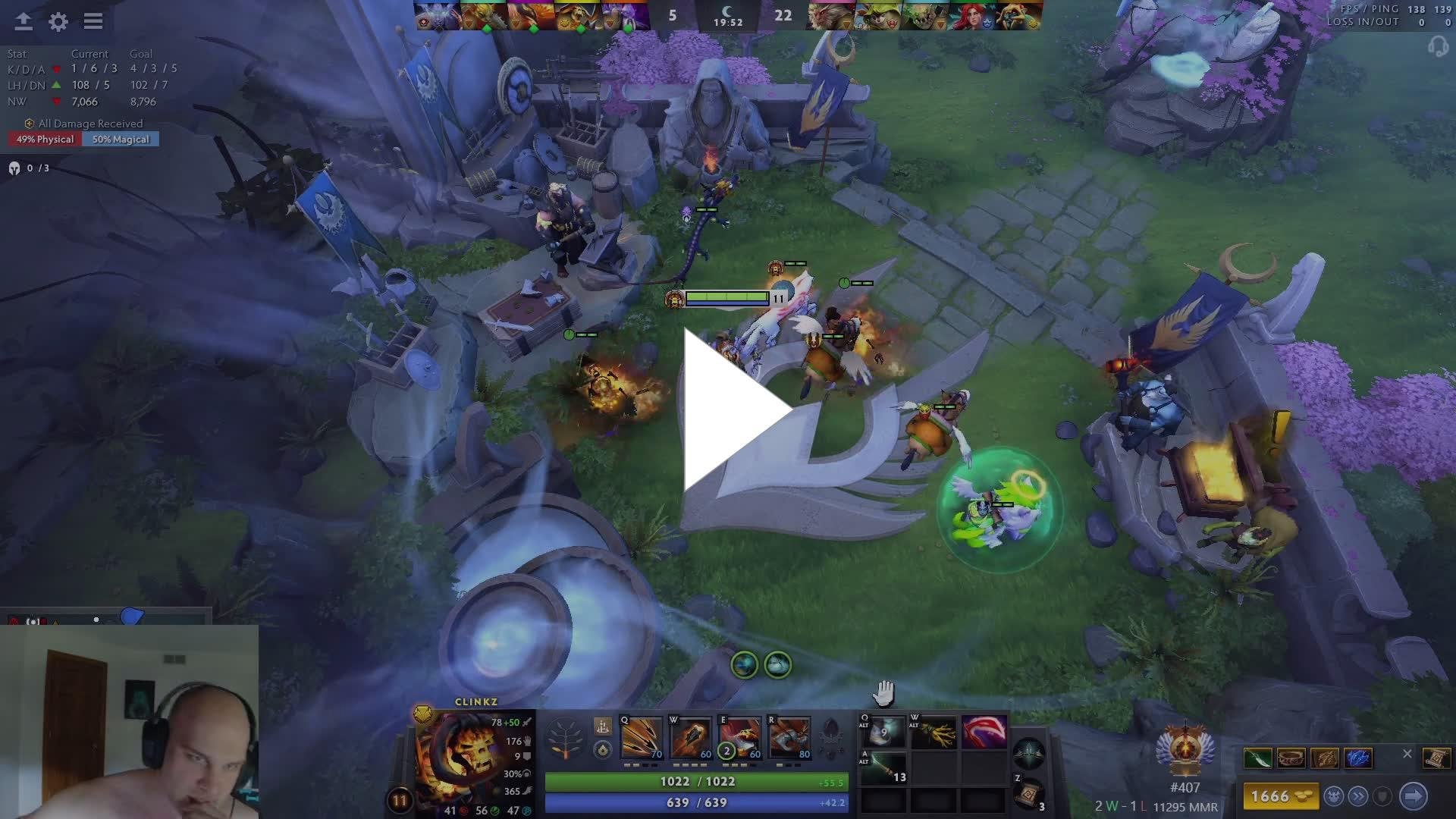Rocket queen at 1win casino: tips and strategies, bonuses and mobile app

Understanding Docker: A Simplified Guide
Abstract: Docker is a powerful tool that simplifies the process of developing, shipping, and running applications. By using container technology, it allows developers to package an application with all its dependencies into a standardized unit called a container. This guide will break down the essential components of Docker, how it works, and its benefits for developers and businesses.
What is Docker?
Docker is an open-source platform designed to automate the deployment of applications inside lightweight containers. These containers are isolated from one another and run on the same operating system kernel, making them efficient and fast. Docker enables developers to create, test, and deploy applications consistently across various environments.
Key Components of Docker
- Containers:
- Containers are executable packages that include everything needed to run a piece of software, including the code, runtime, libraries, and system tools.
-
They ensure that the application runs the same way regardless of where it is deployed.
-
Images:
- An image is a read-only template used to create containers. Images can be shared via Docker Hub or other registries.
-
They can be built manually or automatically through Dockerfiles, which define the steps to assemble an image.
-
Docker Daemon:
- The Docker daemon (dockerd) is the background service that manages Docker containers, images, networks, and volumes.
-
It listens for API requests and handles the orchestration of containers.
-
Docker CLI:
-
The Command Line Interface (CLI) is the primary way users interact with Docker. Users can execute commands to manage containers and images easily.
-
Docker Compose:
- This tool allows users to define and run multi-container Docker applications using a simple YAML file. It helps in managing complex applications that require multiple services.
How Does Docker Work?
- Development:
- Developers write code and specify the environment requirements in a Dockerfile.
-
Using this file, Docker builds an image that contains the application and its dependencies.
-
Testing:
-
The application can be tested in a container that replicates the production environment, ensuring consistency and reducing "it works on my machine" issues.
-
Deployment:
- Once the application is ready, the Docker image can be pushed to a registry.
- From there, it can be pulled onto any server or cloud environment and run as a container.
Benefits of Using Docker
- Portability: Applications can run anywhere Docker is installed, eliminating compatibility issues between different environments.
- Efficiency: Containers share the host OS kernel, which reduces overhead and improves performance compared to traditional virtual machines.
- Scalability: Docker makes it easy to scale applications horizontally by adding more containers as demand increases.
- Isolation: Each container runs in its own environment, which enhances security and stability.
Conclusion
Docker revolutionizes the way applications are developed and deployed by providing a streamlined approach to managing software in containers. Its ability to encapsulate everything an application needs to run ensures that developers can focus on writing code without worrying about environmental inconsistencies. Whether you're a developer looking to simplify your workflow or a business aiming to enhance operational efficiency, Docker offers significant advantages that can transform your software delivery process.
